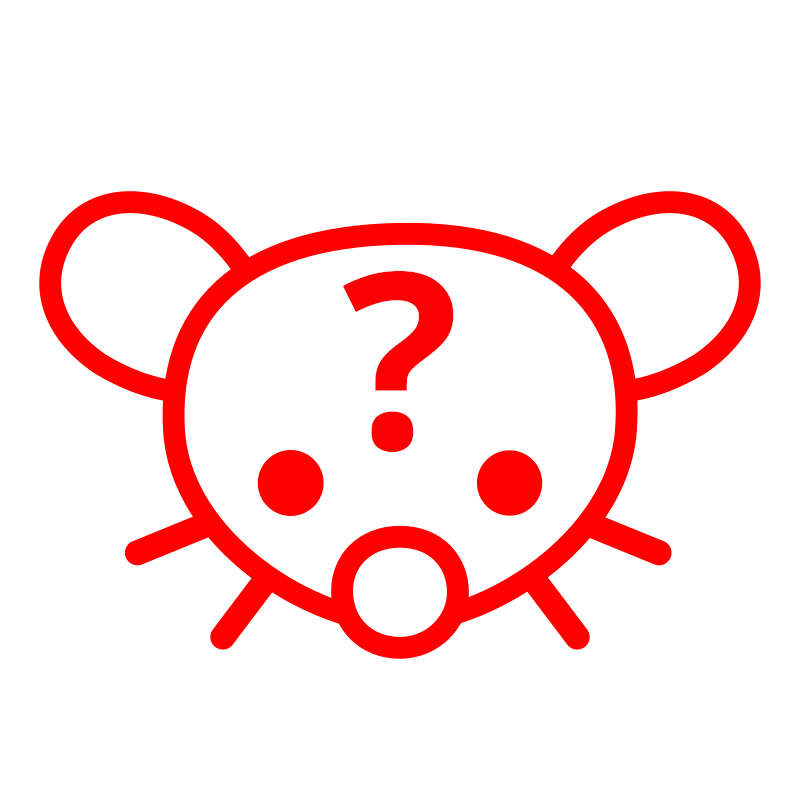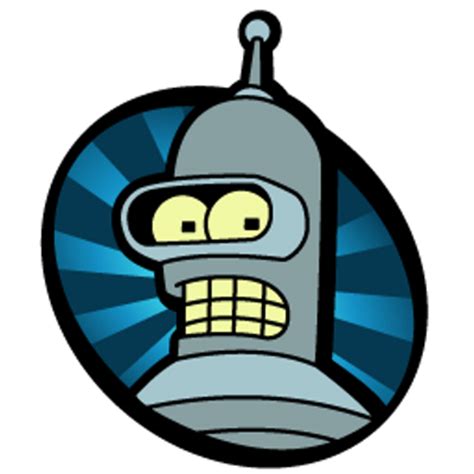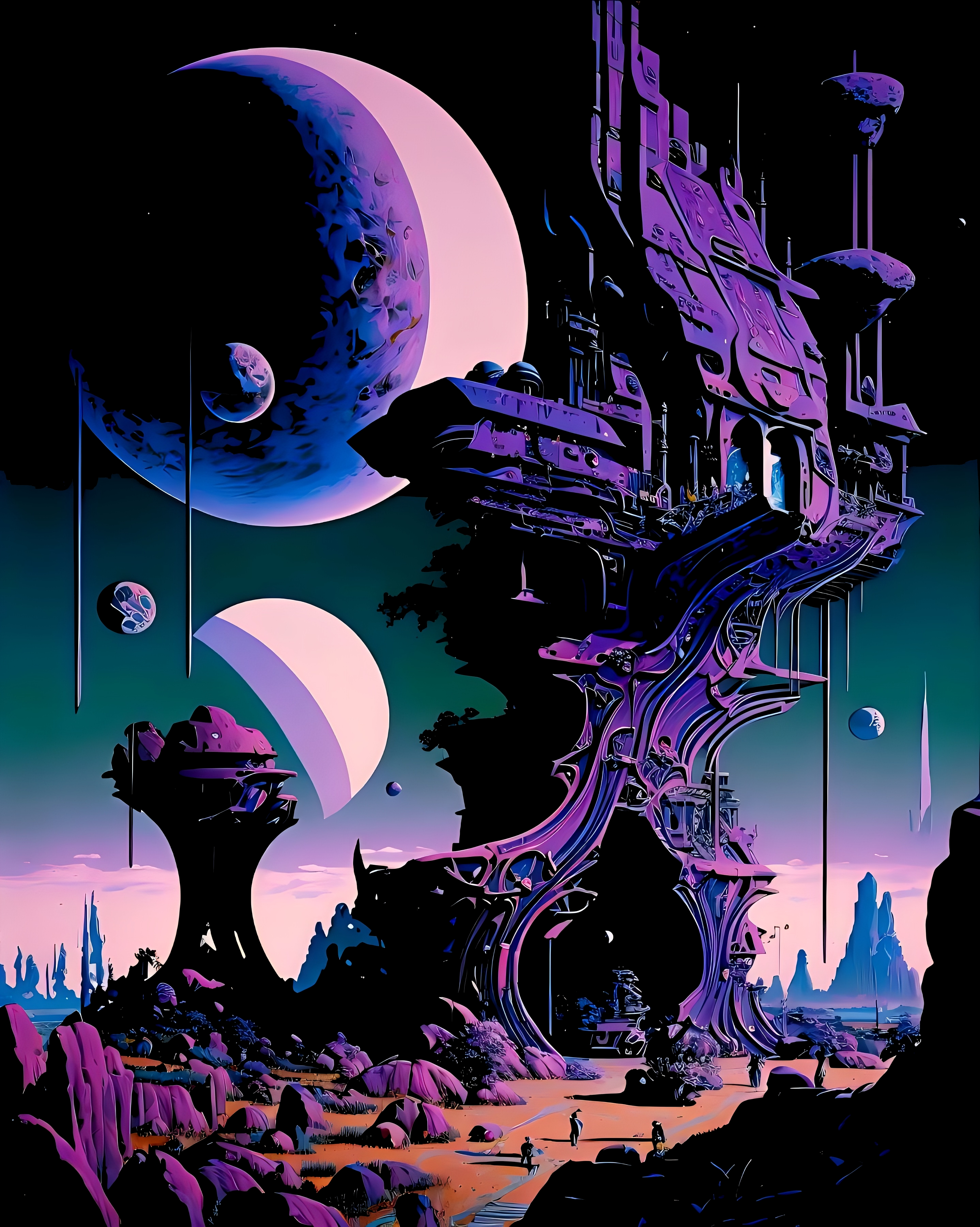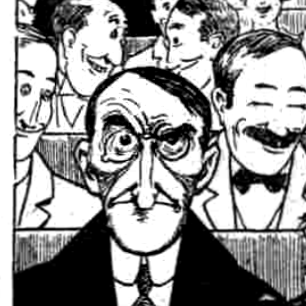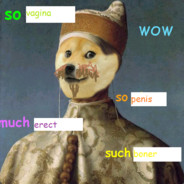Thanks Hank Green.
The Great Lakes contain enough water to submerge the entire continental United States in nearly 10 feet of water
Hydrogen, if left on its own long enough, names itself.
How do you mean?
Over billions of years, hydrogen left on its own collapsed under gravity into stars, under went fusion, supernovaed, created all the heavier elements, formed secondary stars and rocky plants, evolved into creatures, which learnt chemistry and gave it a name. We’re all stardust + time basically. But we’re stardust that names itself.
That’s a wild way to think about the universe. Gonna steal this
Emoticon :) has etymology stemming from emotion + icon. Tis from the 80s, early computer stuff
Emoji 😊 is japanese, from 絵文字 which is like, drawing + character, basically. It’s a word MUCH older than computing.
False cognates. Sound similar, similar function, nothing to do with each other.
There’s a :) in a typewritten cookbook I have from the 40s. I don’t know how widespread smileys were back then, but they existed.
My favourite false cognate is the plural ending -s in French and English. The English one has Germanic roots, while the French one come from Latin accusative plural -as/-os. They are unrelated etymologically.
After looking it up I have to correct myself, the Germanic plural - s also come from the accusative plural
Your pinkie is a perfect fit for your nostril.
Maybe yours is. Mine is more like the thumb.
All of mine fit in my nostrils (ed gang), and none of either of ours fit in my husband’s.
Early cycling laws and rights predate the invention of the automobile by decades. So it is actually the car that is the invasive newcomer.
Yeah, but it’s the cyclist that annoys me (more than cars. Cars do annoy me as well). At least the ones wearing a helmet and riding a street bike.
If they’re wearing a hoodie and a backpack I usually sympathize with them. They probably got jammed up and this is their only way to get to work, groceries, drugs, see someone, or whatever else they might need to go out for
Your view of cyclists contains a lot of assumptions that I don’t find likely to be true often enough to be actionable
Almost all web traffic now uses the utf-8 encoding, a clever hack which works because ascii is a seven-bit code but web traffic uses 8-bit bytes.
- If the first bit is 0, treat the byte as ascii.
- if the first bit is 1, treat the byte as part of a multi-byte unicode character.
multi-byte characters in utf-8 can officially be up to four bytes long, with 11 of those 32 bits used for tracking the size of the multi-byte block. That leaves 2^21 code points available, about two million in total, easily enough for every alphabet you could need to write on a website, and all without breaking ascii.
Very neat!
Oh, I wondered about why there weren’t more characters in the ASCII code set.
yep! the ascii standard was originally invented for teletypewriters, and includes four ‘blocks’ of 32 codes each, for 128 in total, so it only uses seven bits per code.
the first block, hex 00 - 1F, contains control codes for the typewriter. stuff like “newline”, “backspace”, and “ring bell” all go in here.
The second block has the digits are in order, from hex 30 = ‘0’ all the way to hex 39 = ‘9’,
The uppercase alphabet starts at hex 41 = ‘A’, and exactly one block later, the lowercase alphabet starts at hex 61 = ‘a’. This means their binary codes are 100 0001 and 110 0001, differering only in a single bit! So you can easily convert between upper and lowercase ascii by flipping that bit.
The remaining space in the last three blocks is filled with various punctuation marks. I’m not sure if these are in any particular order.
The final ascii code, 7F, is reserved for “delete”, because its binary representation is 111 1111, perfect for “deleting” data on a punch card by punching over it.
Wombats take square shits.
Goats have square pupils. It’s like the banana and the human hand
There are more grains of sand in the ocean than there are stars in our solar system.
There’s more than one grain of sand in the ocean???1one
I’m pretty happy about that. It’s warm enough.
if you like big numbers: there are significantly more ways to shuffle a deck of 52 cards than there are atoms in the observable universe.
Every shuffle of the deck is almost certainly unique since folks been shuffling cards.
edit: ahh nice someone posted this exact fact at the top level lower down!
There are about 8x10^67 ways to shuffle a deck of cards, and about 10^80 atoms in the observable universe, so there are actually far, far more atoms.
thank you for the correction!
platypuses are venomous.
Half of them.
Did you know you can save 15% or more by switching to Geico?
Honestly literally anything about QR codes. Those things are insane. Did you know there’s a very obvious 01010101010101 pattern in it if you know where to look?
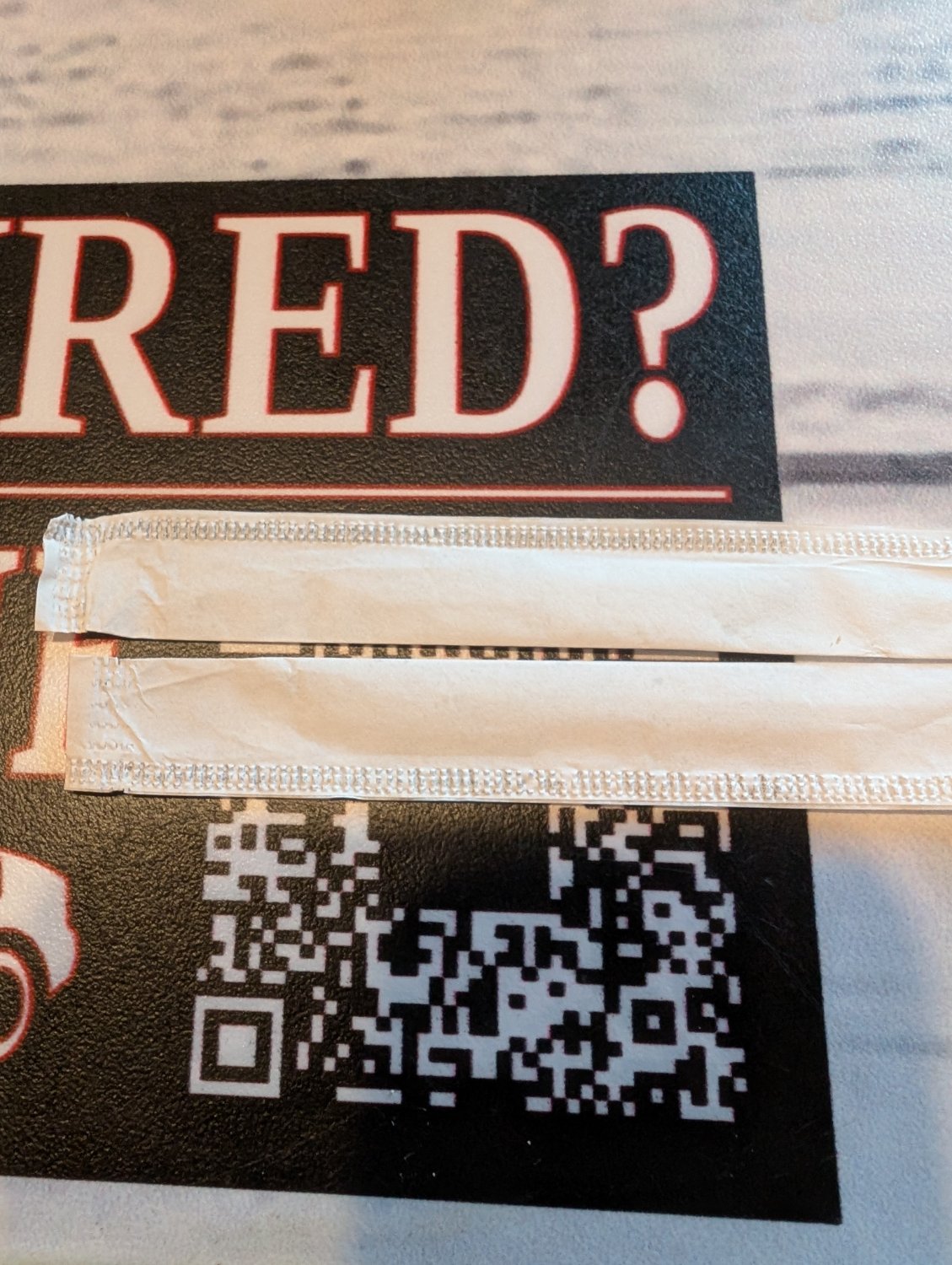
(look in-between the paper)…mother fucker… That’s neat!
I don’t get it.
https://en.m.wikipedia.org/wiki/File:QR_Code_Structure_Example_3.svg
https://en.m.wikipedia.org/wiki/QR_code
OP is talking about the alternating pattern between the two straw papers. In the SVG from Wikipedia, this corresponds to the “timing”
Yeah, timing marks! There’s a few of them. So neat
On Titan, you could strap on wings and fly around.
Moreover, the atmosphere is >5% natural gas, but without oxygen you can’t burn it. I suppose oxygen would be considered the fuel in that case and you’d pipeline that instead? And being able to breathe would be a nice side-benefit.
Two pieces of matter cannot exist at the exact same place at the exact same time.
Is this referring to the Pauli Exclusion Principle or just like macroscopic physical objects
There was an X-Files book I read when I was about 10 which says otherwise.
Fermion condensate
If you have two arms, you have a higher than average number of arms.
And if you have one skeleton in your body, you’re below average.
Ha that’s a good one
Well now wait, if pregnant people have four (or more) arms, we’ve got to have more than half as many pregnant people as people missing one or more arms, right?
And what about the 5 arms I have in my freezer?
That is of you count them to be the same body. Genetically that isn’t so.
Did you know that, for every snake on Earth, there is one snake dick?
This assumes there is an exact 1:1 ratio of male to female snakes, which is almost certainly not the case.
I think the reference is to male snakes having a forked penis.

